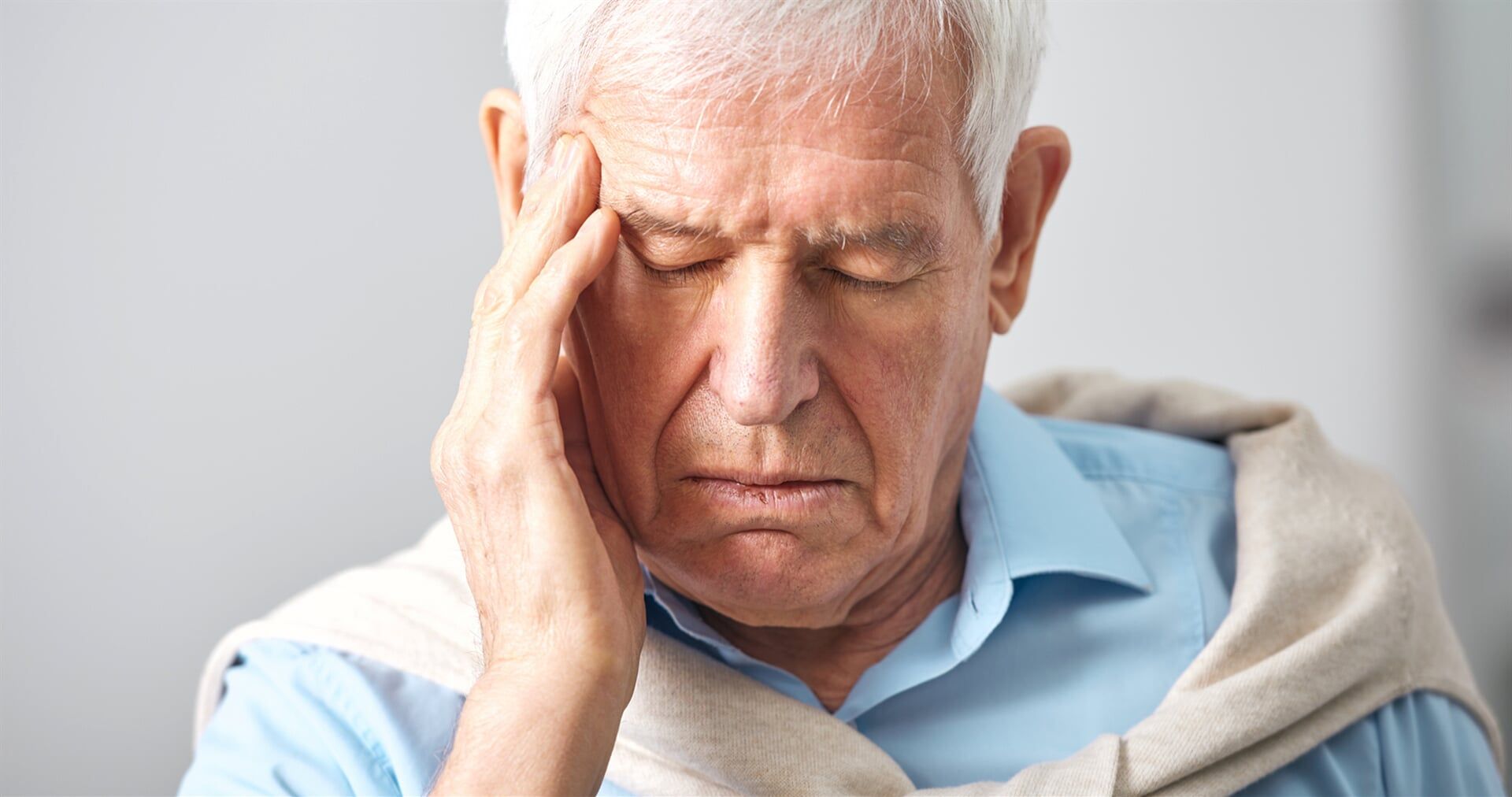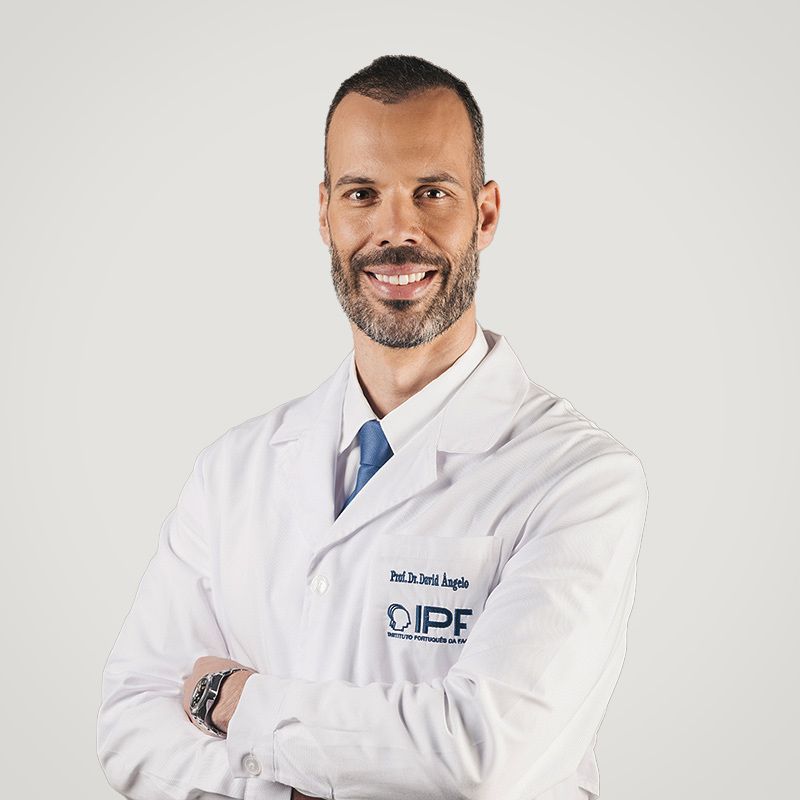NEUROLOGY
NEUROLOGY AND HEADACHE DEPARTMENT
The Neurology and Headache Department of Instituto Português da Face focuses on the diagnosis and treatment of headache and other facial pain.
The term 'headache' means pain or discomfort in any part of the head. It may appear in isolation, but it is usually associated with other symptoms. There are various types of headache, covering a total of 14 major groups, according to the International Headache Classification.
TYPES OF HEADACHE
PRIMARY AND SECONDARY HEADACHES
A primary headache is a disease in itself and, therefore, does not correspond to a symptom of another pathology. It is caused by the deregulation of certain structures sensitive to pain and their brain modulation. This includes migraine (with or without aura), tension headache or trigeminal-autonomic headache (cluster headache).
Headache diagnosis is based on the correct performance of the clinical history and neurological examination, and does not usually require complementary exams.
On the other hand, when headache is the symptom resulting from an underlying disease, it is considered secondary headache. It can result from brain diseases, sometimes serious (such as tumours, strokes, meningitis), from the affection of other cranial and facial structures (for example, associated with dental infections, sinusitis, otitis or temporomandibular joint Disorder) or organic pathologies that affect the brain (such as high blood pressure, for example).
WHEN TO SEEK HELP FROM A DOCTOR
You should schedule an appointment with your Family Doctor Family or neurologist, in the following situations:
- If there is a change in the characteristics of the pain, for example, if it becomes more frequent or more intense than usual;
- If the pain is not relieved with SOS analgesic medication;
When headaches become disturbing with significant impact on sleep, at work or in normal daily activities.
It will be extremely useful for the doctor if you keep a record of pain crises, commonly referred to as " calendar or diary " of headaches, to better understand the impact of this symptom in your daily life.
A headache may be a manifestation of a serious disease such as a cerebrovascular accident (stroke) or an infection (meningitis or encephalitis) of the Central Nervous System. Go immediately to an Emergency Unit or call 112 in the following situations:
- If the headache appears suddenly, explosively and very intensely (described as the “worst pain of my life”);
- Headache associated with fever, neck stiffness or skin rash;
- Headache associated with other symptoms such as changes in vision, speech, weakness muscle or numbness in part of the body;
- Headache associated with mental prostration or confusion;
- Headache associated with severe head trauma (falls or traffic accidents, for example).









